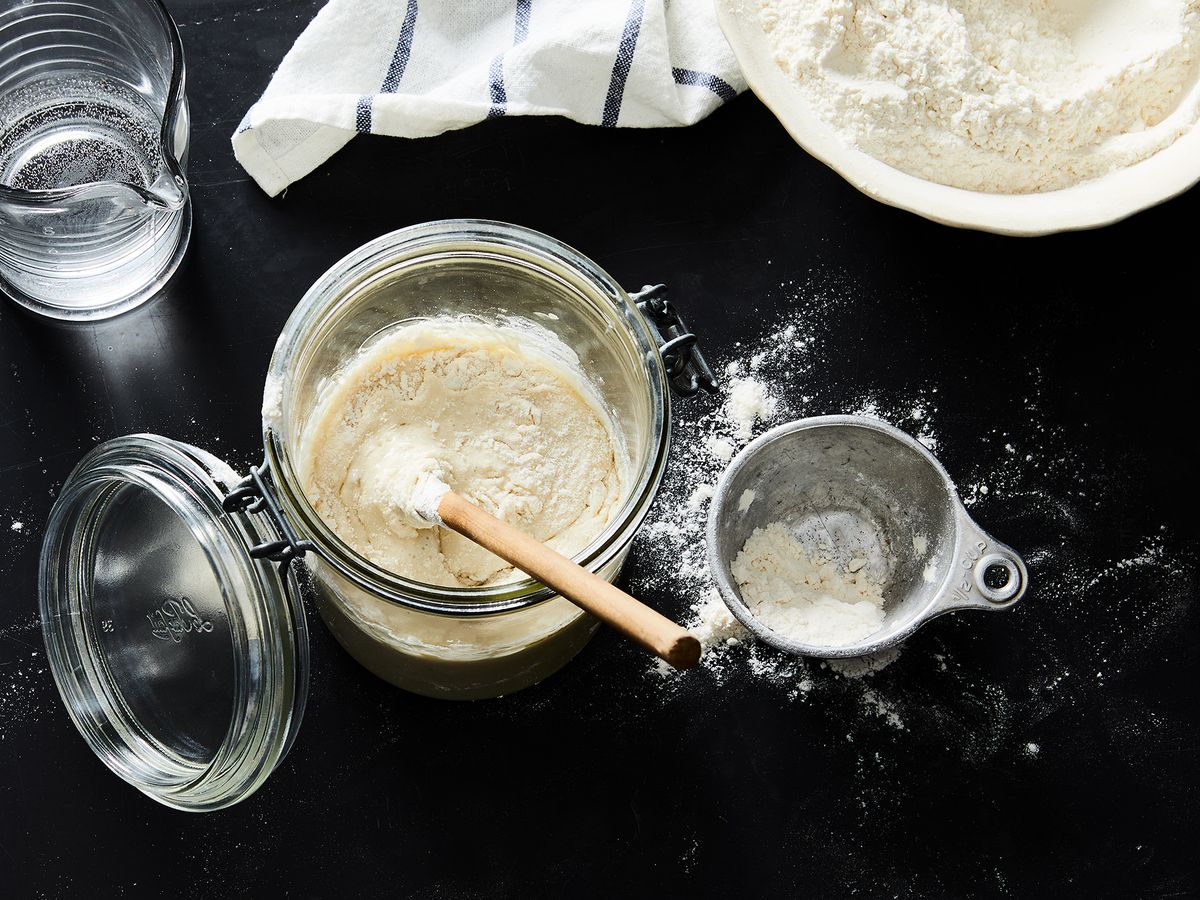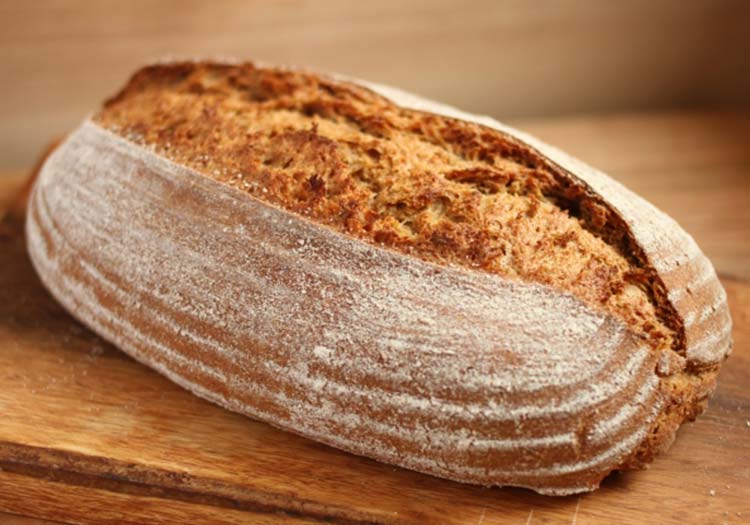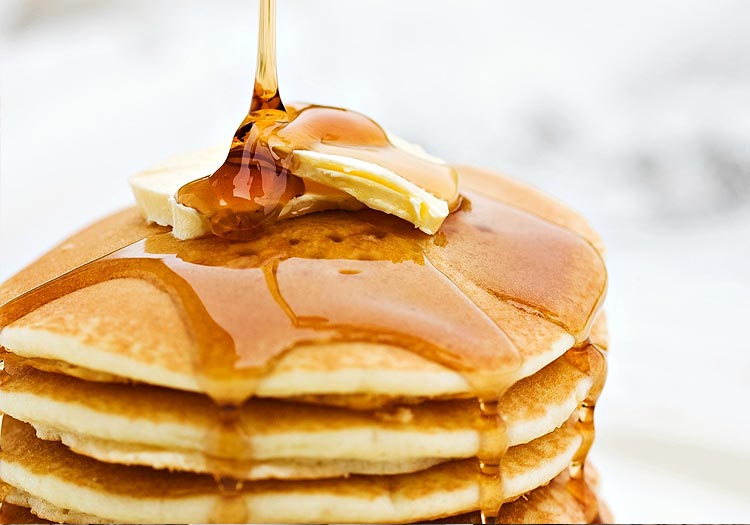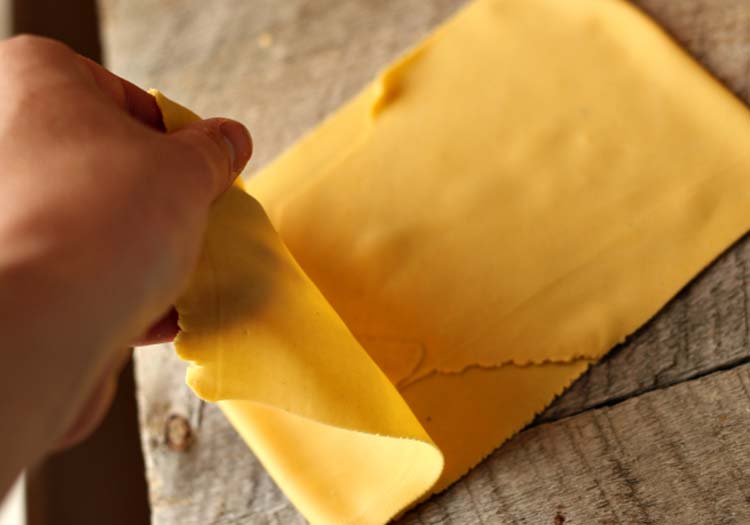Sourdough Starter Recipe:
Ingredients 2 tablespoons rye flour or whole wheat flour 4 tablespoons organic white flour 1 glass of cool drinking water while Feeding Yeast 4-5 tablespoons of white flour 1/2 glass of cold water (if your house is hot) or warm water (if your house is cold) What is Sourdough Starter? Sourdough, the most natural gift…
Ingredients
- 2 tablespoons rye flour or whole wheat flour
- 4 tablespoons organic white flour
- 1 glass of cool drinking water
while Feeding Yeast
- 4-5 tablespoons of white flour
- 1/2 glass of cold water (if your house is hot) or warm water (if your house is cold)
What is Sourdough Starter?
Sourdough, the most natural gift of nature, is the process of reproducing and cycle the organisms naturally found in the air under suitable conditions. The fungi and bacteria in the sourdough start to colonize by feeding on the flour there. They eat, drink, develop and digest. They also produce plenty of acid and gas in the digestion process. The acidic sharp issue of sourdough comes from here. Gluten proteins in the flour also start to swell by holding the gases coming out of these bacteria.
Sourdough yeast has been known for 5000 years. It is believed that the first sourdough was discovered by chance contamination of wild mushrooms found in nature. For this reason, the taste of sourdough varies according to climate and geography, and naturally, breads also change.
Sourdough is maintained by living organisms, but it is the easiest yeast to keep and maintain. All he needs is nothing but flour and water.
The History of Sourdough Starter
Humanity begins with the first planting of wheat. The dough obtained by grinding the wheat between stones and mixing it with water is cooked on fire. Meanwhile, it is noticed that the eye is the eye and the swelling. The dough is soured and used. But he cannot achieve success. That is why breads similar to yufka bread were obtained and consumed in ancient times.
Over the years, the first known staple food item, bread, is starting to rise. With the gradual settlement of nomadic societies, sourdough and sourdough culture is formed. The first sourdoughs are made with grape juice. The doughs obtained from these yeasts are stored and reproduced. Its widespread use is found in the Egyptian period. Sour yeast manifests itself in Mesopotamia. In the following years, bakery is becoming more common.
Large bakeries are established in Italy and France, the use of sourdough and sourdough is gaining momentum. Even the Ramadan pitas in the Ottoman period are mostly prepared with bread and sourdough. Sourdough loses its value with industrialization and is being replaced by industrial yeasts.
Making Sour Yeast Start Recipe
In a large non-metal bowl, mix the water and flour thoroughly with a non-metal spoon. Transfer the mixture you have prepared to a clean glass jar equal to 1/3 as it will swell and cover it with a cheesecloth that provides air permeability. Leave the mixture in a prominent place in your kitchen at room temperature for 4 to 8 days to ferment, so that yeast and fungal cultures can grow. Depending on the temperature and humidity in your kitchen, fermentation and fermentation time may vary.
Check the mixture on the 4th and 6th days, it should have started foaming, its odor (definitely not bad) should have a pleasant smell. If the mixture starts to reach 2-3 times, it means that you have come to the right time to feed and use the yeast. The thing to watch out for is that you don’t have any pink, orange, or other strange colors in your mix! If you encounter such a thing, it indicates that unwanted bacteria and cultures are grown during fermentation. In such a case, pour the mixture and start the process from the beginning.
Recipe for Starting Sour Yeast: Yeast Feeding and Storage Conditions
We recommend that you feed your yeast in the refrigerator at 3-4 degrees cold after this stage. In this way, it is easier for you to keep your yeast alive as the reproduction and reproduction of the culture will be more controlled. The longer you look at your yeast, the stronger it will become.
Let’s talk about feeding. You need to reduce the mixture a little with each feeding your yeast. This ratio is 3/4 of the mixture. If you feed it every 5-7 days, usually on the same day and make it a habit, you can keep your yeast alive for a long time. You can use your missing yeast for bread making. Add flour and water to the yeast and mix it with a wooden spoon and continue to keep it closed in the fridge. Continue the storage process either in a glass jar or in a container with a plastic lid. We recommend that you replace your container with a clean container every 2-3 feeds.
Under Which Conditions Sourdough Yeast Dies?
If you do not feed yeast for a long time, it will die, because of the rapid reproduction of the micro-organisms in it. Micro-organisms begin to die in this acidic environment due to the excessive growth and the fact that the environment turns into a highly acidic structure and there is no more food.
Ambient temperature is an important factor here, when the first yeast reaches a sufficient micro-organism degree after the environment you have started, it causes an increase in the ambient temperature and thus the destruction of yeast in groups. Therefore, you should prefer cold environments to store your yeast and slow the reproduction of micro organisms.
If you cannot feed your yeast for a long time, you can do it at 1-2 degrees close to 0 degrees, which is not freezing, by supporting the mixture with 1 teaspoon of honey, slowing down the growth and providing sufficient food. If water accumulates on your mixture, it means your yeast is dead, but chances are you can bring it back to life. This water accumulation brings the bad smell with it, take some yeast and make a mixture of floured water and check for 1-2 days. If bubbles appear in your yeast on the 2nd day, you have saved your yeast.






